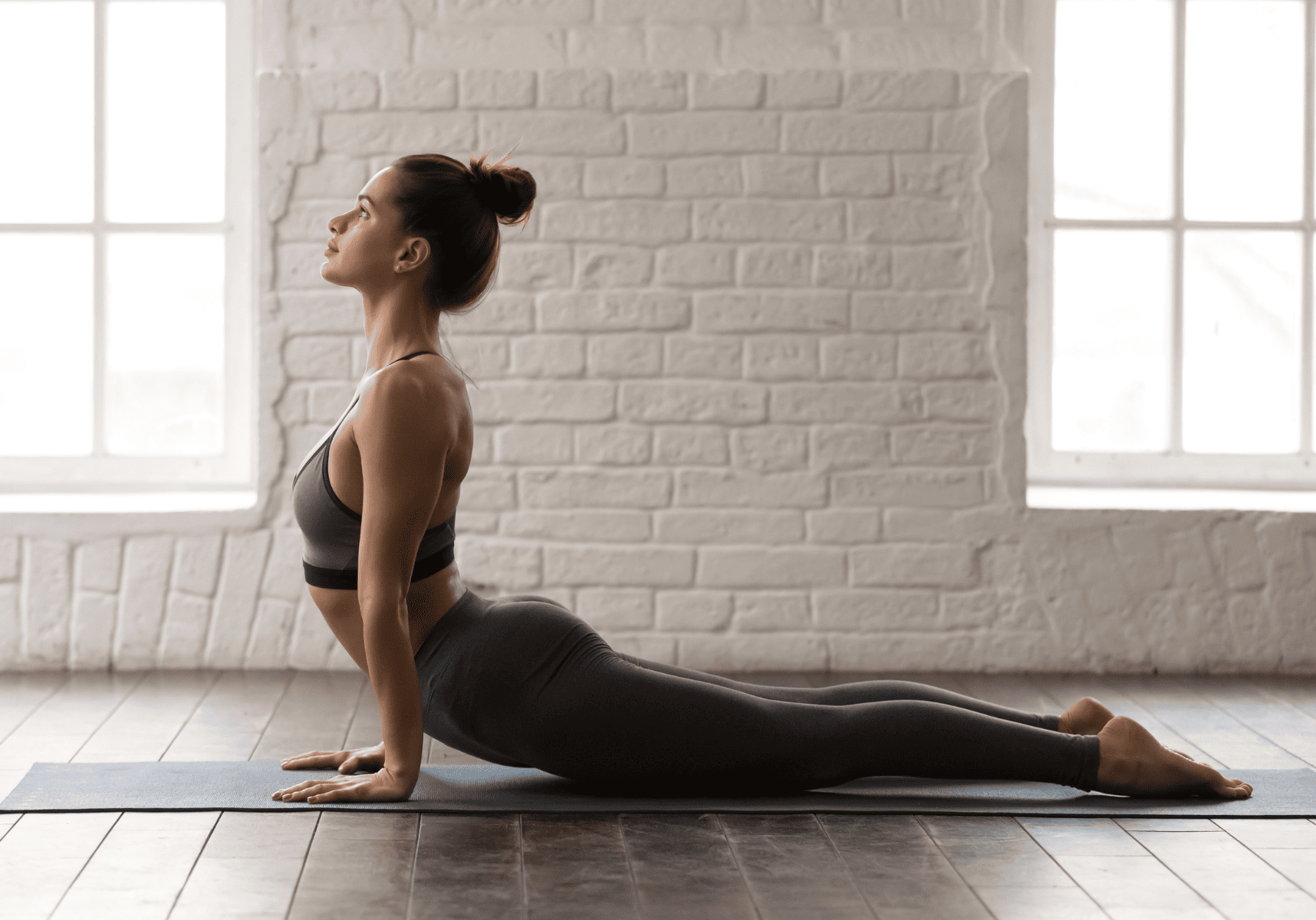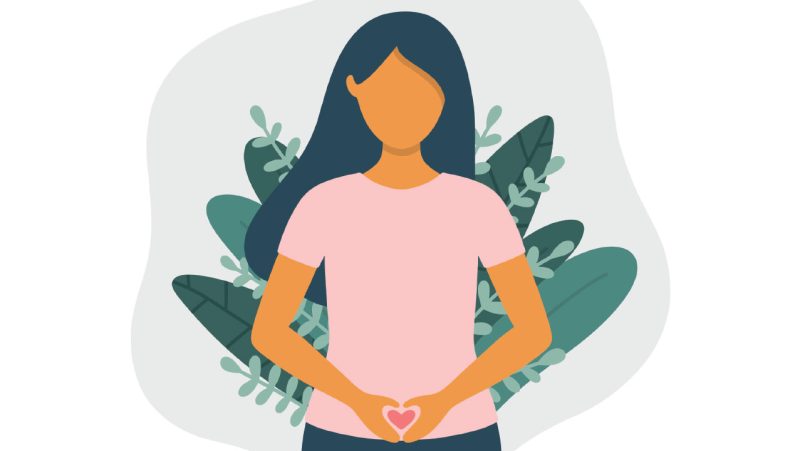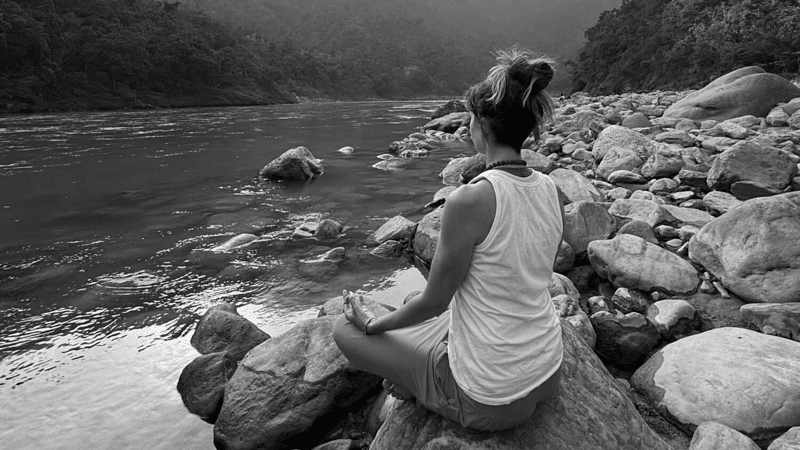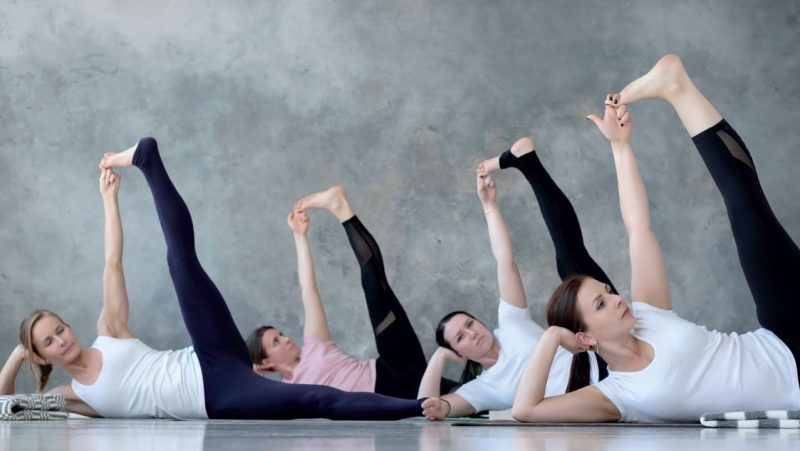
Snake Charming
Exploring Bhujangasana - Cobra Pose - By Diane Ashfield
Reading time: 4 minutes
Snakes feature prominently in yoga. They pop up in many of our yoga postures such as Anantasana and Sarpasana, they feature in Hindu mythology and even represent the divine cosmic energy Kundalini. Snakes symbolise fertility and transformation and are thought of as spiritual creatures because of their ability to shed their skins – leaving a “ghost” of themselves behind. Snakes come in all shapes and sizes, but, because of their slithering action and deadly venom, they are greatly feared – but not by everybody.
A long time ago, Buddha was sitting in deep meditation under a Bo tree. Totally mesmerized by his stillness and quiet calm, a group of king cobra began to gather around him, and although Buddha could sense their presence, he showed no fear and remained perfectly still. However, villagers noticed the snakes and were fearful for Buddha’s safety. They decided to wait for an opportunity to approach Buddha to dispose of them, but then it began to rain. As it started to rain harder, the villagers were worried that Buddha (still deep in his meditation) would get soaked to the skin, but because of the deadly snakes surrounding him, they were too scared to approach. Then in unison, the cobras slithered even closer to Buddha, rising up above his head and opened up their “hoods,” forming a canopy over Buddha, protecting and shielding him from the elements as he continued to meditate. Cobra pose - Bhujangasana - is dedicated to the cobra and also to conquering your fear.
I’ve never had a fear of snakes, but I was always scared of back bends – avoiding them at all costs because of a lower back issue I’d had for years. For me, back bending asanas felt uncomfortable and I was convinced that they would aggravate my spinal condition. It wasn’t until I researched them a little more and discovered that gentle back bends could actually help my backache that I decided to include them in my home practice. Now I tell my students who groan when I mention the word “Cobra” that back bends are important in keeping the spine flexible, and although we might not like them very much, they do our backs the world of good - my own spine is testament to that.
As always, before coming into any posture, we warm up the muscles and joints we will be using to enable us to practice safely, so preparatory postures for the spine might include gentle prone back bends Sphinx or Long Sphinx, Bridge pose Setu Bandha, mini-cobra push-ups on the knees, or we could also practice cobra against a wall by standing with our chest and legs as close to the wall as possible, position the hands on the wall beside the chest, breathe and gently push into hands, lifting the chest away from the wall, but keeping as much of the hips and legs in contact the wall. Downward facing dog (Adho Mukha Svasana) is fabulous in warming up the shoulders and wrists for Cobra, but is also a wonderful counter-pose after performing Bhujangasana to stretch out the spine and legs.
'Fear has its use, but cowardice has none. I may not put my finger into the jaws of a snake, but the very sight of the snake need not strike terror into me.' Mahatma Gandhi.
Although banned by the Indian government since 1972, snake charming was once seen as a profession where “charmers” played hypnotic tunes on a musical instrument known as a “pungi” to entice snakes – usually cobras – to emerge from a basket and sway or dance to the mesmerizing music. Of course, we don’t need a snake charmer to encourage us to perform like a cobra – but we can imagine ourselves as a snake slowly slithering and lifting ourselves up and out of a basket with an element of poise and composure!
To practice Bhujangasana, lie flat on your stomach – perhaps with a blanket under the hips for more comfort. Bend your elbows and position your hands just ahead of the chest area. Tuck the elbows in towards the body, spread out the fingers, and with the wrists feeling light, push into the hands on an inhale and lift the head and chest. Keep the elbows slightly bent and encourage the shoulders to draw down and away from the ears. Depending on how the neck feels, you could either keep your gaze ahead or lift your gaze towards the ceiling. Stay here for a few deep, easy breaths – noticing how your body feels, especially the spine – then on an exhalation release the body back to the mat.
When practiced regularly, Bhujangasana:
- Strengthens the spine, buttocks, shoulders and arm muscles
- Stretches the chest, shoulders and abdominals
- Opens the chest
Bhujangasana may be classified as a beginner’s pose, but it isn’t recommended for anyone with spinal, abdominal or hip issues, nor is it suitable during pregnancy or if you have any wrist or shoulder injuries.
Snakes are incredibly bendy, and there are lots of variations we can explore with Cobra – perhaps work the arms a little straighter, or just hover the hands above the mat keeping the elbows bent, or maybe taking Cobra into a twist by tucking the toes under and taking our gaze over each shoulder.
Serpents don’t have any ears but “hear” through vibrations, so it’s important to tune in and listen to our bodies whilst practicing and should anything feel uncomfortable or not right, breathe and come out. If you are not initially charmed by our snake and feel the need to hiss, don’t give up on it. Work slowly and diligently and eventually the effects and benefits of Bhujangasana on your spine will leave you totally mesmerized!





